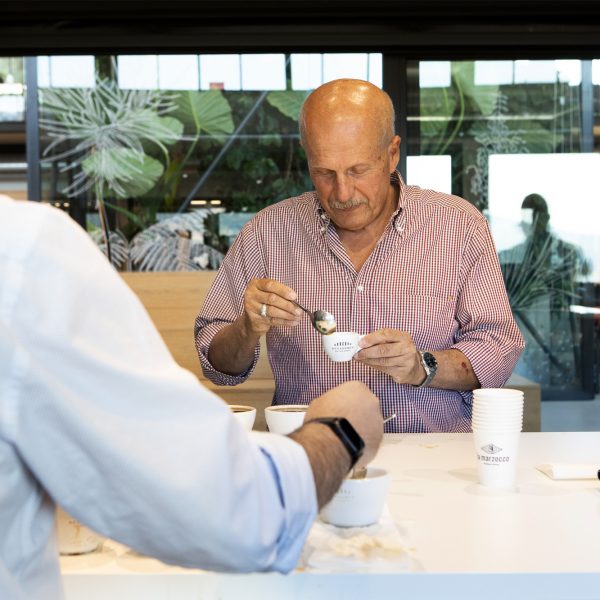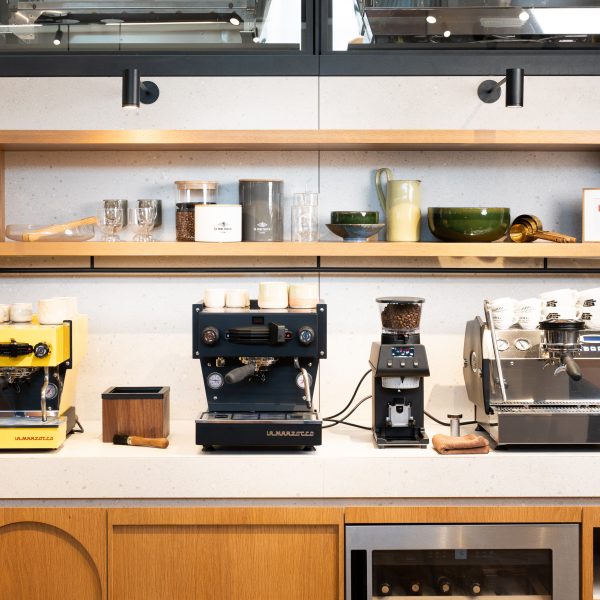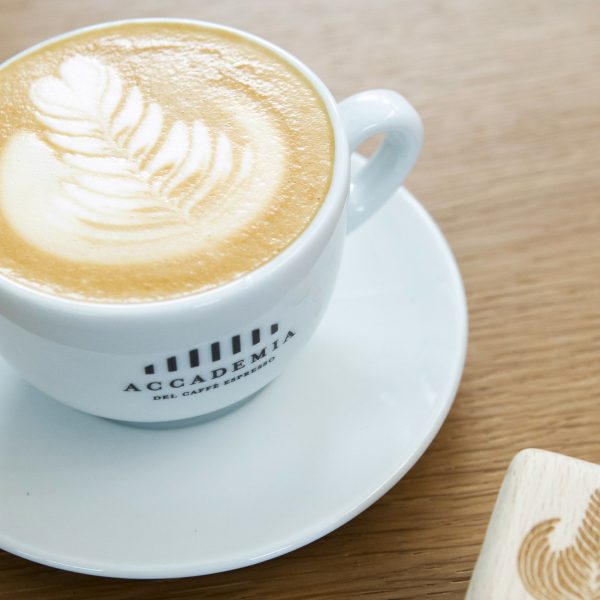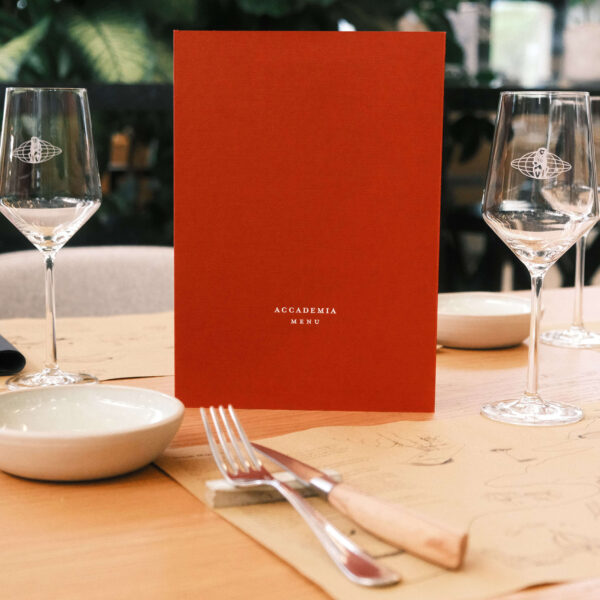Blog
Towards the end of the 19th century, coffee began to spread among the bourgeoisie, associated by definition with work and the conquest of prestige through trade, the opening of shops and entrepreneurship.
When the product and beverage arrived in Europe, the first people to consume it were those belonging to the so-called aristocracy, who consumed it only as a fashionable drink, without a specific purpose. The product then developed, began its history as a luxury good, but in a short period of time it transformed itself from a basic necessity (even for the less wealthy people in society) into a ritual for everyone, not just the bourgeoisie. Coffee, thanks to the properties that were attributed to the drink at the time, (some of which were bizarre, but others perfectly in line with the scientific studies that would be done in the following centuries on the substance), was widely used by the bourgeoisie who loved its power to “awaken the mind” and as an aid to keep the attention high even in during late hours. Coffee was “adopted” by intellectuals, scientists, poets and musicians in this new wave of novel political, social, cultural and philosophical movements that developed across Europe throughout the 18th century.
Coffee was sold in different ways: outlets, coffee shops and kiosks. The former were fixed structures that had a dual function: take-away, but also a small space to sit, often outdoors, where people could chat and relax. The coffee shops, on the other hand, were very well-kept, luxuriously furnished and had musicians and entertainers inside. They were present in the most in vogue neighborhoods and the wealthier the city was, the more luxurious and trendy the coffee shops became for the richest.
The kiosks were like stalls – ancestors of the ones we are familiar with today . which sold take-away coffee, quickly and systematically.
Coffee radically changed the city’s customs: before then, the only meeting places for people to gather, debate and entertain were the taverns. Eventually, with the progressive introduction of coffee and all the corollary and transversal intricacies that this uprising beverage and habit brought along, things changed.
People met in coffee houses, discussed, and spent time together, a novelty on all fronts for those who were used to spending most of the day (and night) in their own homes. In coffee houses, people discussed everything, from politics to stories to legends. People listened to music and shared their experiences.



